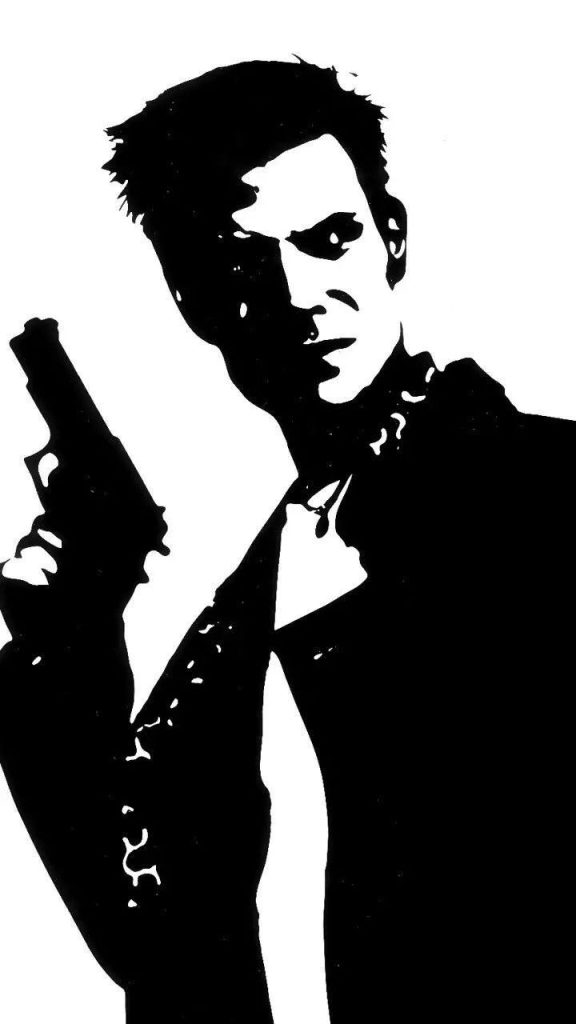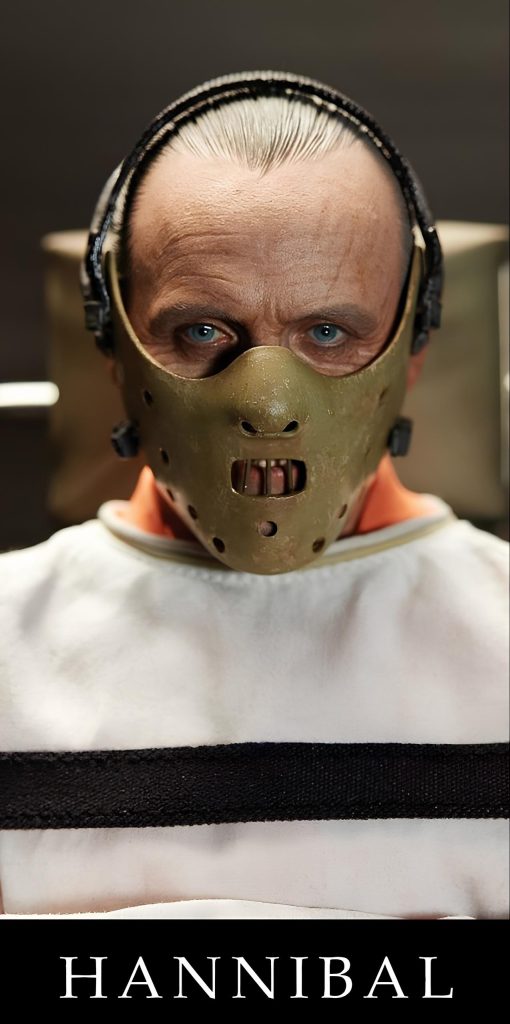
Max Payne: Living to Suffer
Introduction: Who is Max Payne?
Can you endure when everything is lost, like Max Payne? This noir epic, created by Remedy Entertainment in 2001, follows detective Max Payne, whose life shattered when his wife Michelle and daughter Rose were murdered. Wandering New York’s rain-soaked streets—a city of betrayal and blood—Max seeks vengeance. Max Payne’s philosophy of pain, embodied in his gritty monologues and bullet-time shootouts, redefined video game storytelling. His face (modeled after writer Sam Lake) mirrors a question we all face: what remains when hope is gone?
“Your life flashes before your eyes—if it’s been short enough,” Max says, and his pain becomes yours.
Cold rain streaks down Max’s face, neon lights glint in bloodied puddles. Inspired by John Woo’s action films and Raymond Chandler’s novels, Max Payne’s innovative bullet-time mechanic and noir aesthetic influenced games like *L.A. Noire* and *The Last of Us*. It’s not just a game—it’s a descent into Max Payne’s philosophy of suffering and survival.
Max Payne’s Philosophy of Pain
Tragedy as Fuel
Max Payne’s philosophy is forged in loss. The murder of his family isn’t a wound—it’s his fuel. Vengeance drives him through *Max Payne 2*’s bleak warehouses, but revenge leaves only emptiness. As Nietzsche said, “That which does not kill us makes us stronger.” Max embodies this, teetering on self-destruction. His pain, like Johan Liebert’s nihilism (explored at Hestman), is both power and curse.
A World Reflecting the Soul
New York’s rain-drenched alleys and mafia penthouses mirror Max Payne’s philosophy of despair. Every shadow holds his cynicism, every scream his grief. This noir world, from *Max Payne*’s deserted hotels to *Max Payne 2*’s burning manor, whispers: there’s no escape. Survival here is heroic, a testament to Max’s resilience.
Dark Poetry
Max’s monologues are raw poetry, weaving Max Payne’s philosophy with dark humor:
“Death is a one-way street, and I walk it alone.”
His words cut deep, exposing a man crushed by fate yet clinging to life, unlike the calculated Johan Liebert (see Hestman).
Battling Inner Demons
Max Payne’s philosophy transcends shootouts. He fights mafia, corrupt cops, Mona Sax—a femme fatale offering salvation or doom—and the treacherous Vlad Lem in *Max Payne 2*. Nightmares of his family’s death haunt him, especially in the hospital scene where reality blurs. Alcohol and pills numb his pain, but his true enemy is himself.
“Evil creeps in step by step,” Max says, and you see him break, fall, and rise.
Books to Understand Max Payne’s Philosophy
1. “1984” — George Orwell
What it’s about:
A dystopia where control erases identity, truth is rewritten, and fear rules.
Why it’s for Max:
Max Payne’s philosophy echoes Winston’s rebellion against a corrupt system. His New York, like Orwell’s world, normalizes lies and betrayal.
Buy on Amazon
2. “American Psycho” — Bret Easton Ellis
What it’s about:
A satirical novel about a corporate man hiding a killer’s madness.
Why it’s for Max:
Max Payne’s philosophy confronts violence behind respectable masks, mirroring Ellis’s void-filled society.
Buy on Amazon
3. “Man’s Search for Meaning” — Viktor Frankl
What it’s about:
Frankl’s logotherapy finds meaning in suffering, drawn from Holocaust survival.
Why it’s for Max:
Max Payne’s philosophy seeks purpose in hell. Frankl’s insights explain why Max persists.
Buy on Amazon
4. “Fight Club” — Chuck Palahniuk
What it’s about:
A man escapes emptiness through pain and chaos in an underground fight club.
Why it’s for Max:
Max Payne’s philosophy uses pain to feel alive, like Palahniuk’s narrator, rebelling against a meaningless world.
Buy on Amazon
Movies & Series in Max’s Spirit
- Blade Runner (1982) — Rain-soaked loneliness and self-discovery.
- True Detective (Season 1) — Cynical heroes and philosophical depth.
- Taxi Driver (1976) — A broken man in a sinful city.
- Se7en (1995) — Darkness and hopelessness.
- Drive (2011) — Silent hero, neon, and blood.
Cultural Impact of Max Payne
Max Payne’s philosophy shaped narrative shooters. Its bullet-time mechanic influenced *The Matrix* and games like *Alan Wake*. The 2008 film with Mark Wahlberg fell short, but Max’s tortured face (Sam Lake’s) lives in memes. His noir legacy endures in *The Last of Us* and beyond.
Best Max Payne Quotes
“When you’ve lost everything, you’re free to do anything.”
“In this city, you can’t even trust yourself.”
“I’m alive, but I don’t feel it.”
“You stare into the abyss—it stares back.”
“Life’s a game with no victory.”
Which quote resonates? Share with #MaxPayneChallenge.
Existential Struggle: Max Payne’s Philosophy and Camus
Max Payne’s philosophy mirrors Albert Camus’s absurdism. Like Sisyphus, Max pushes a boulder uphill, knowing victory is impossible. In *Max Payne 2*, his love for Mona Sax offers fleeting meaning, yet pain persists. Camus argues rebellion is living despite absurdity—Max embodies this, fighting without hope.
“Sometimes pain is the only thing that reminds you you’re alive.”
Max as Archetype: Shadow and Warrior
Max Payne’s philosophy aligns with Jung’s Shadow archetype—raw, unmasked pain. He’s a Warrior without a cause, his Berettas symbolizing will, his coat hiding wounds. Unlike Johan Liebert’s cold manipulation (Hestman), Max’s struggle is human, rooted in loss and resilience.
The Soundtrack of Pain
- Poets of the Fall – Late Goodbye — Max’s solitude.
- Clint Mansell – Lux Aeterna — Tragedy in notes.
- Angelo Badalamenti – Twin Peaks Theme — Dark mystery.
- Nine Inch Nails – Hurt — Pain as art.
- Bohren & der Club of Gore – Prowler — Noir jazz.
Listen alone, in the dark, to feel Max Payne’s philosophy.
Symbols of Max Payne
- Berettas: Cold steel, last resolve.
- Pills: Failed escape from pain.
- Coat: Armor for a wounded soul.
- Rain: Endless tears of the world.
What’s your “Beretta”—your anchor in darkness? Share with #MaxPayneChallenge.
Max Payne and You: A Modern Connection
Max Payne’s philosophy speaks to today’s struggles—loneliness, loss, mental crises. His fight mirrors anyone who’s faced grief or despair. His story teaches resilience: even in darkness, you can rise. Explore your own strength with Hestman’s Persona Code.
Dive into Max’s World: Challenge
- Replay Max Payne or Max Payne 2: Relive the hospital or manor scenes.
- Build a playlist: Craft a noir mix—dark jazz, ambient, rock.
- Write a monologue: Describe your city or pain in Max’s bleak tone.
- Pain Challenge: Write your hardest moment and how it shaped you. Share with #MaxPayneChallenge.
Final Note: Max Payne is Us
Max Payne’s philosophy isn’t about heroism—it’s about surviving a shattered world. He’s not a knight, but a man who rises despite fate. His story reflects our darkest moments—when we want to give up but keep going.
“I don’t know what’s worse: losing everything, or living with the emptiness.”
Max is you in those moments. What keeps you fighting? Share your story with #MaxPayneChallenge or explore your resilience at Hestman.

